HISTORICAL PLACES
![AYA TEKLA (MERYEMLIK) [SAINT THECLA]](/eng/images/0-blog/aya-tekla.jpg)
AYA TEKLA (MERYEMLIK) [SAINT THECLA]
History of Meryemlik begins with the arrival of Saint Thecla. 17 years old Thecla who was influenced by sermons of St. Paul, one of the apostles of Jesus Christ, devoted herself to the religion of Christianity.
This precious student of St. Paul was exposed to pagan pressure while
...
ALAHAN MONASTERY
Alahan Monastery, which the famous Ottoman traveler Evliya Celebi described as looking as new as it is out of the hands of the master, is on the Mersin- Karaman Highway, in the 20 km north of Mut and around Gecimli (Malya) Village.
It is situated on a steep slope overlooking
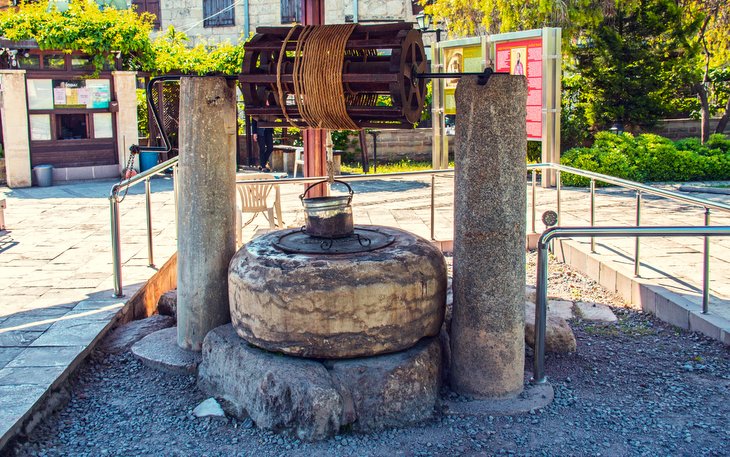
ST PAUL’S WELL
Located in a courtyard in the Tarsus district of Mersin, which is considered the place of St. Paul's house, which is mentioned in the Bible as the “Annunciation”, St.Paul Well is one of the cultural assets of our country nominated for the UNESCO World Heritage List.
Known as the
...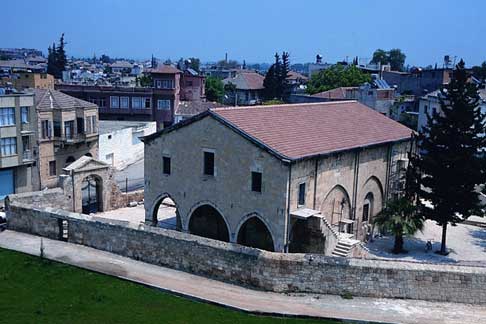
ST. PAUL CHURCH
Tarsus has been home to people from many different religions throughout history. Indeed, the historical and cultural heritage of both Mersin and Tarsus is surprising. In each corner, there are many amazing artifacts from the Roman period and the Clician period. One of the most important
...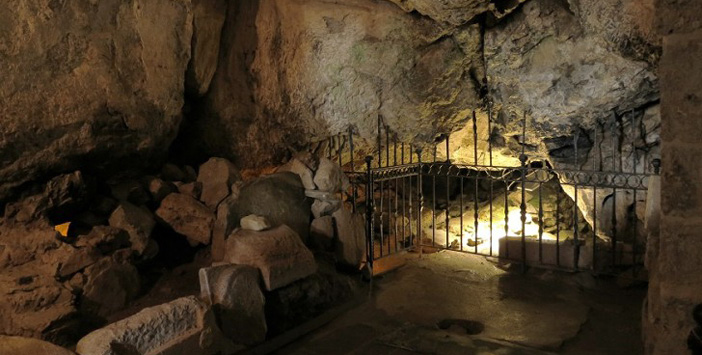
THE CAVE OF SEVEN SLEEPERS
A term used about cave friends or a group of young believers known as cave sleepers. This event, which is described in the eighteenth surah of the Holy Quran and gives its name to the surah, is the story of the young believers who have left the city by abandoning their tribes who have turned
...
ST. PIERRE CHURCH
It is located near Habib-i Neccar Mountain on Antakya-Reyhanli road, two kilometers away from the city. It is a natural cave and converted into a church with additions. The exact construction date is unknown; It is believed that St. Peter, one of the twelve apostles of Jesus, was the
...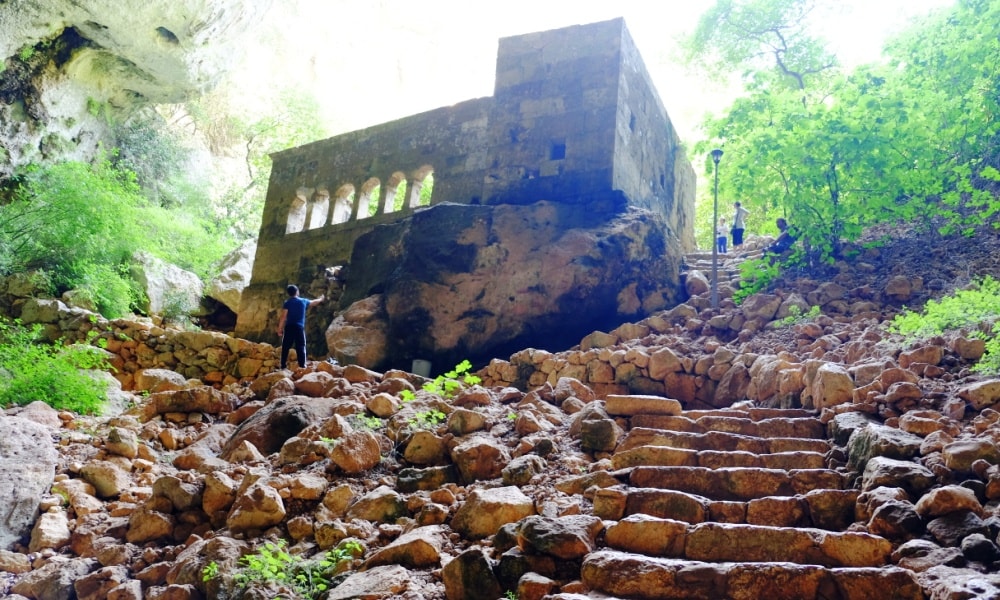
CAVES OF HEAVEN AND HELL
Located near the district of Mersin Silifke Narlikuyu, Caves of Heaven and Hell is visited by many travel lovers every year. These two large pits, which were formed naturally, are also known as sinks, sinkholes and swallets.
Heaven Cave
The collapse of

THE ASTHMA CAVE
Located in the Narlikuyu district of Silifke, the Asthma Cave is located 300 m southwest of the Heaven Cave. Asthma Cave is one of the best reflections of the geographical conditions of the region.
The cave, which is descended by an iron staircase, consists of galleries of 200 m
...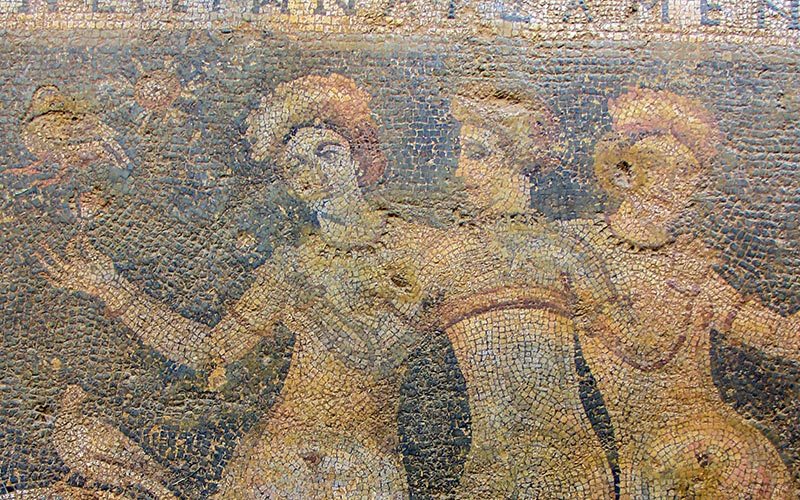
“THE THREE GRACES” MOSAIC MUSEUM
Located in the square of the village named Narlikuyu, which is a cute bay in Silifke district, the Poimenos Bathhouse and its floor mosaics were put under protection and transformed into a small single storey Mosaic Museum which features multi-coloured mosaic tiles, paintings and figures
...
CORYCUS CASTLE
Corycus Castle is located in Kizkalesi, at the 60th km of the Mersin - Erdemli - Silifke Highway. It was particularly inhabited during the Roman and Byzantine periods. It was also inhabited during the Islamic periods. It is understood from the works extracted from the necropolis that
...
THE MAN ROCKS
The most frequently repeated figures of the reliefs of The Man Rocks in eleven separate frames are those belonging to four dead feast scenes. In these scenes, the dead are shown either alone or with their wives and sons. In the reliefs of The Man Rocks, the sons of the dead as well as the
...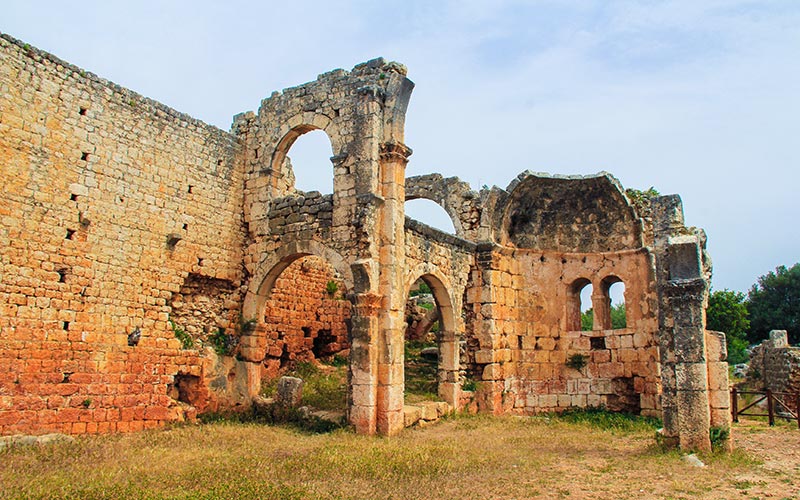
KANYTELLEIS
With the spread of Christianity in the region since the 5th century, the number of churches in the city increased. After the Byzantine, Turks who established domination in the region, named the city with the name of the high tower, Uzuncaburç, has reached today.
The collapses
...
OLBA-DIOCAESAREA
The most well-preserved historical ruins in Mersin, which is home to important ancient cities of the Mediterranean, are found in Uzuncaburc, 30 km north of Silifke. Uzuncaburc, the place of worship of the Olba Kingdom during the Hellenistic Period, became a new site under the domination
...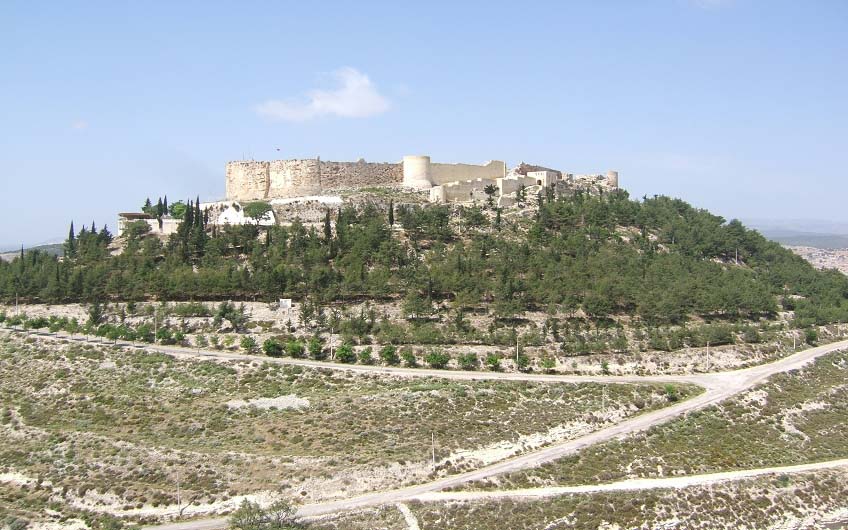
SILIFKE CASTLE
Silifke Castle, which is understood to belong to the Hellenistic or Early Roman Period according to its basic findings, today appears a medieval castle as a result of the repairs and changes undertaken. The oval-shaped castle is built on a hill dominating Silifke and surrounded by
...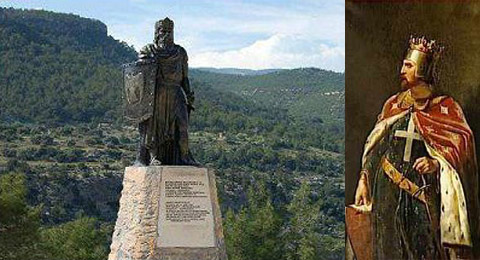
FREDERICK BARBAROSSA MEMORIAL
The monument of the Roman-German Emperor Friedrich Barbarossa who drowned while he was trying to cross the Göksu River with his army on his way to Palestine, were erected in a more glorious way and landscaped with the initiative of Ambassador of the German Embassy in Ankara, Dr. Pascal
...



